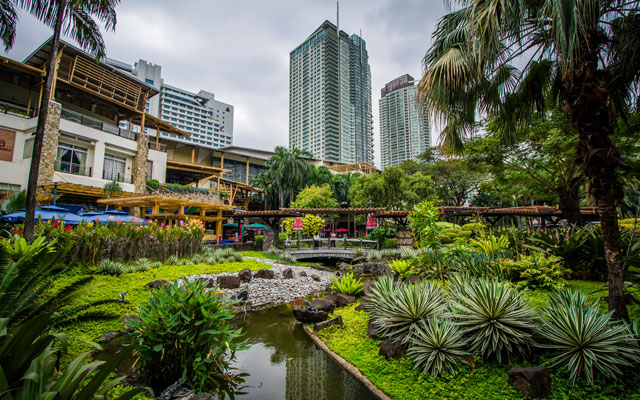Philippines needs to address certain pressing factors to stay on top of its game in attracting more international association events

The number of business and association events hosted by the Philippines is on the rise, and while the number is looking healthy, the country has to address several challenges in the human, financial and collaboration resources in order to maintain its lead in this high-yield market.

While the Philippines does not compile official statistics related to business and association events, the industry consensus is that such events in the destination are on the rise.
This can be attributed to the country’s image which has improved overall in recent years; better public and private partnerships to bid and win international events; more modern and high-tech hardware such as new hotels, convention centres and upgrading of key airports; and increased accessibility with more international and domestic flights.
Strengthening the coordination among the public and private sectors, and associations is necessary, and this can be done, said Octavio B Peralta, president and CEO of the Philippine Council of Association and Association Executives (PCAAE), by having “more awareness and information on what our country offers to attract events”.
He added that “there is also a need for policymakers to engage associations which have international affiliations more, such as organising briefings and presentations during association conferences”.
On the financial side, Peralta said that “available incentives and promotional offerings need to be communicated. Perhaps, a PPP (public–private partnership) fund for business and association events is something that can be explored in order to increase financial support to the sector”.
The lack of cash subvention for the business and association events sector has always been a tricky issue. Unlike other cash-rich national tourism boards, the Philippine Tourism Promotions Board (TPB) cannot afford cash subvention even as the industry favours it to attract more and bigger MICE, industry sources said.
As for the human resources aspect of MICE, Marisa D Nallana, chair of Philippine Association of Convention/Exhibition Organizers and Suppliers (PACEOS), said that PACEOS’ Philippine MICE Academy is training business event practitioners in various regions while developing curriculum from basic to advanced training.
Merely two years old, PCAAE is helping to professionalise the new industry by offering various seminars and conferences year-round. Its board of trustees and members are ambassadors for the country and they use every opportunity to promote the Philippines as a destination for events.
“We have a lot to offer as a country if we only can unify our human, financial and collaboration resources together,” said Peralta.
Domingo Ramon Enerio III, COO of (TPB, said more marketing and promotional efforts are being done now to further raise the awareness about the Philippines. At this point, inbound event groups account for less than 10 per cent of total arrivals.
Enerio also noted that collaborating with the private sector has proven positive, especially when it came to TPB’s bids for international events to be hosted in the Philippines.
However, the Philippines is facing tough competition from destinations like South Korea, Thailand and Malaysia, which have more funds and are more aggressive in their pursuit of international business and association events.
Peralta opined: “From my perspective, based on news reports, survey results and anecdotal accounts I came upon, competition is also becoming increasingly fiercer, as traditional as well as new destinations improve their facilities and incentive offerings.”
For example, Peralta was surprised to find out that his association, Association of Development Financing Institutions in Asia, is on the radar of a number of tourism boards and convention bureaus in the Asia-Pacific region.
“I have received offers to hold our conferences in their areas,” he said.
This goes to show that “databasing and incentive promotions are integral parts of destination marketing”, an area that needs further improvement to bring more international events into the Philippines, Peralta explained.
Nallana said that instead of seeing competitors as threats, they are instead, encouraging local industry members to touch base with other countries and work with partners there.
Because of the events market boom, Nallana said many foreigners are coming into the country to seek opportunities to collaborate with the local industry.
While metro Manila is still the main destination for business and association events, others like Clark, Cebu and Iloilo are also beginning to benefit from the upgrading of airports and other event and tourism infrastructure.
For instance, Marlyn Ebora, inbound manager of Cebu-based Destination Specialists, expects a more developed business events sector following the opening of SMX Convention Center Cebu next year, the addition of new international flights, and the upgrading of Mactan Cebu International Airport.
Ebora also mentioned that in the meantime, the private sector is collaborating with the local government to further develop the sector.
Walid Wafik, vice president and general manager of SMX Convention Centers, concurred that the Philippines is on the right track with current infrastructure investments and developments.
With the addition of SMX Cebu, Wafik said that aside from increasing the number of SMX convention centres from four to five across the country, the company is also planning to increase its presence in major international trade shows for the business events sector.
“We intend to do our part in helping make the Philippines a major destination (for events),” he said.










